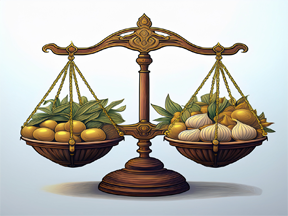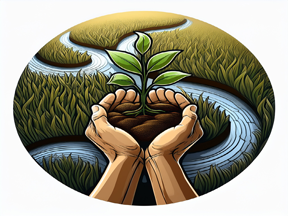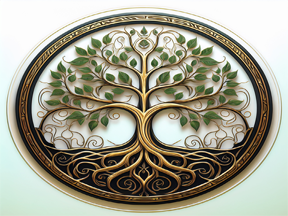Invest in Regeneration. Build the Future
Empowering Eco-Communities, Sustainable Farms & Cultural Heritage.
At FRF, we believe that true investment grows beyond profit.
It nurtures ecosystems, empowers people, and restores culture.
Our Investment Projects connect you with living opportunities:
Eco Lodges designed in harmony with nature
Regenerative farms & agroforestry landscapes
Local entrepreneurship & community hubs
Cultural heritage & craftsmanship revival
Every contribution becomes part of a story —
a future rooted in resilience, beauty, and life.
Join us.
Let your capital take root — and grow what truly matters.
No open oppurtunities yet
The FRF Method
1. Always Win-Win
Mutual Growth — Financial & Meaningful
Investors receive fair returns.
Communities receive knowledge, skills, and resources.
Nature receives protection and restoration.
Profit is a result — not the goal.
2. ROI + SROI
Return on Investment (ROI) + Social Return on Investment (SROI)
Financial return: Minimum 5–10% per year
Social return: Measurable positive impact
→ Trees planted, hectares restored, local employment, education, wellbeing.
You earn — while the land heals.
3. Full Transparency
3. Full Transparency
Open Books — Honest Agreements
Transparent costs, margins, and timelines
Clear contracts in simple language
Annual impact & financial reports for all investors
Trust is built with clarity.
4. Maximum Project Duration: 10 Years
Independent & Sustainable
After 10 years, every project should be fully self-sustaining.
Investors can:
Exit the project
Or continue through a new partnership, license, or cooperative model.
Temporary investment — eternal impact.
5. Payback Period: 5 Years
Fast Return — Sustainable Future
Within 5 years:
Initial investment returned
Minimum ROI delivered
Predictability brings peace of mind.
6. No Land Ownership — Shared Value
Use Rights — Not Ownership
No land acquisition
Revenue sharing or usage rights
Optional symbolic ownership (NFT, Certificate, FRF Karma Token)
You don’t own the land — you belong to it.
7. Built-In Exit Strategy
Sustainable Models with Responsible Exits
Every project is designed for independence
Optional reinvestment in the next FRF phase
Never dependent on a single location or partner
Freedom for investors — security for communities.
Comparison: Traditional Investment Models vs. The FRF Method
Comparison: Traditional Investment Models vs. The FRF Method
| Traditional Investment | The FRF Method (Forest Rebirth Foundation) |
|---|---|
| Ownership Focus | Impact-Driven Stewardship |
| Investors own land or property — often disconnected from local culture or nature. | No ownership — but a right to use, share in yields, and create positive impact. |
| Profit-Only ROI | Dual ROI: Financial + Social Return (SROI) |
| Focus on financial gain — often short-term profit. | Measurable impact alongside fair financial returns. Healing land, supporting people. |
| Low Transparency | Full Transparency & Open Reporting |
| Hidden costs, unclear contracts, profit-driven structures. | Clear agreements, open books, annual impact reports, investor updates. |
| Disconnected from Community | Locally Rooted, Community-Driven |
| Investors often remote, projects out of touch with local needs. | Projects co-created with local farmers, elders, and experts. |
| Indefinite Ownership | Built-In Exit Strategy |
| No clear exit — long-term dependency or speculative resale. | Clear 5-year return goal. Project independent after max. 10 years. Option to exit or reinvest. |
| Often Greenwashing | Regenerative Ecosystems |
| Marketing sustainability without real ecological contribution. | True regeneration of ecosystems, biodiversity, and culture. Visible, measurable results. |
| Speculative Growth | Scalable, Replicable Impact |
| Value based on market speculation. | Value based on living systems that can grow and inspire others. |
Closing Statement
Investing with FRF means more than profit.
It means being part of a living, breathing system of regeneration — where every contribution creates roots for the future.
We don’t buy land.
We restore life.
The FRF Method is not about ownership — it’s about stewardship, regeneration, and shared value for future generations.







